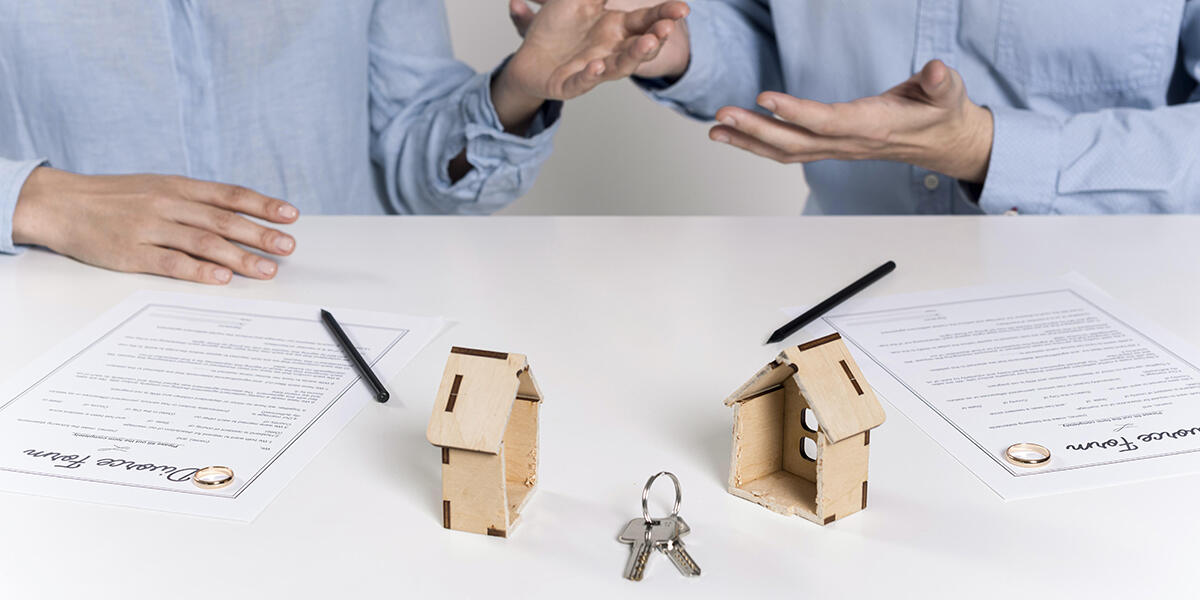Are you thinking about buying a home and feeling unsure about where to start? One popular option to consider is a fixed-rate mortgage. This type of loan offers stability and predictability in your monthly payments, making budgeting easier.
In this article, we will walk you through the process of buying a home with a fixed-rate mortgage. This way, you can feel confident and informed as you take this important step towards homeownership. Let’s get started!
Understanding Fixed Rate Mortgages
A fixed-rate mortgage keeps the interest rate constant for the entire loan term. This means monthly payments stay the same, making it easier to budget and plan long-term. The rate is determined at the start of the loan based on market conditions and doesn’t change, even if the economy fluctuates.
When choosing between a 30-year and a 15-year fixed mortgage, consider your financial situation, goals, and risk tolerance. A 30-year mortgage has lower monthly payments but higher overall interest costs. On the other hand, a 15-year mortgage saves significantly on interest despite higher monthly payments. Assess your finances and goals to decide which option suits you better.
Benefits of Fixed Rate Mortgages
A fixed-rate mortgage is a type of loan where the interest rate stays the same throughout the entire term. This means that borrowers can plan their monthly expenses without worrying about sudden changes in payments.
Here are some advantages of a fixed-rate mortgage:
- Monthly payments remain consistent, making budgeting easier.
- Protection against possible increases in interest rates.
- Peace of mind and financial security due to a stable rate.
- Shielding from market interest rate fluctuations.
Choosing a fixed-rate mortgage can help individuals secure their financial future and have the confidence that their mortgage payments will not change.
Different Fixed-Rate Mortgage Options
30-Year Fixed Mortgage
Choosing a 30-year fixed mortgage comes with lower monthly payments. This helps homeowners manage their expenses. However, it also means paying more in interest over time.
On the other hand, 15-year fixed-rate mortgages have higher monthly costs but result in lower interest payments overall. When deciding between these options, consider long-term financial goals, current debt, and ability to handle changing interest rates.
It’s crucial to balance immediate affordability with long-term savings. Exploring other terms like 20-year mortgages can offer more flexibility to fit individual needs.
15-Year Fixed Mortgage
Choosing a 15-year fixed mortgage has its advantages over other fixed-rate options. It may mean higher monthly payments than a 30-year fixed mortgage, but it leads to significant interest savings over the loan’s life.
For fixed-rate mortgages, the interest rate on a 15-year term is usually lower than on a 30-year term. This helps borrowers pay off their loans faster and build home equity quicker.
When deciding on a 15-year fixed mortgage, borrowers should consider their current finances, long-term goals, and risk tolerance.
It’s essential to balance the higher monthly payments with the interest savings and overall financial stability that a shorter loan term offers.
Comparison: 30-Year vs. 15-Year Fixed
A 30-year fixed mortgage and a 15-year fixed mortgage have key differences in monthly payments and long-term interest costs.
- With a 30-year fixed mortgage, borrowers get lower monthly payments but pay more interest over the loan’s life compared to a 15-year fixed mortgage.
- On the other hand, a 15-year fixed mortgage means higher monthly payments but significant interest savings in the long run.
- These differences show the trade-off between short-term affordability and long-term savings when picking between the two.
- Your choice should consider your financial situation, like income stability and long-term goals.
- Also, looking into options like a 20-year mortgage can provide a middle ground for those wanting a balance between monthly costs and long-term savings.
Exploring Other Fixed-Rate Mortgage Terms
When looking at fixed-rate mortgage options for buying a home, borrowers might find more than just the typical 30-year or 15-year choices. Lenders also offer alternative terms like 20-year mortgages.
These alternatives provide a middle ground between longer and shorter terms.
Each term affects monthly payments and total interest paid differently throughout the loan. For example, a 20-year term might mean slightly higher monthly payments than a 30-year term but lower overall interest costs.
Conversely, a 10-year term could lead to even higher monthly payments but substantial interest savings.
When exploring non-traditional fixed-rate mortgage terms, borrowers need to consider the pros and cons carefully.
Factors to think about include personal financial capabilities, long-term financial goals, and current interest rate trends.
It’s important for borrowers to evaluate how different terms match their specific circumstances to choose the best mortgage term for their home purchase.
FAQ
What is a fixed-rate mortgage?
A fixed rate mortgage is a type of home loan where the interest rate remains the same for the entire duration of the loan, providing predictable monthly payments. For example, a 30-year fixed rate mortgage means the interest rate stays constant for 30 years.
How do I qualify for a fixed-rate mortgage?
To qualify for a fixed-rate mortgage, you typically need a steady income, a good credit score, and a low debt-to-income ratio. Some lenders may also require a down payment of at least 20%. It’s important to shop around and compare offers to find the best option for you.
What are the advantages of getting a fixed-rate mortgage when buying a home?
The advantages of getting a fixed-rate mortgage when buying a home include stable monthly payments, protection against interest rate hikes, and easier budgeting. For example, if interest rates rise, you won’t have to worry about your mortgage payment increasing.
Are there any downsides to choosing a fixed rate mortgage when buying a home?
One downside to choosing a fixed rate mortgage is potentially higher interest rates compared to adjustable rate mortgages. This could result in higher monthly payments over time.
What factors should I consider when choosing a lender for a fixed-rate mortgage?
Consider the lender’s interest rates, customer service reviews, loan terms, and fees. Compare offers from different lenders to find the best deal. Look for reputable lenders like banks, credit unions, and online mortgage lenders.
Learn how to buy a home with a fixed-rate mortgage through Champions Mortgage. Our team will guide you through selecting the right mortgage terms, securing a competitive interest rate, and understanding the long-term benefits of fixed payments. Contact us today to start your journey to homeownership with confidence and clarity.







